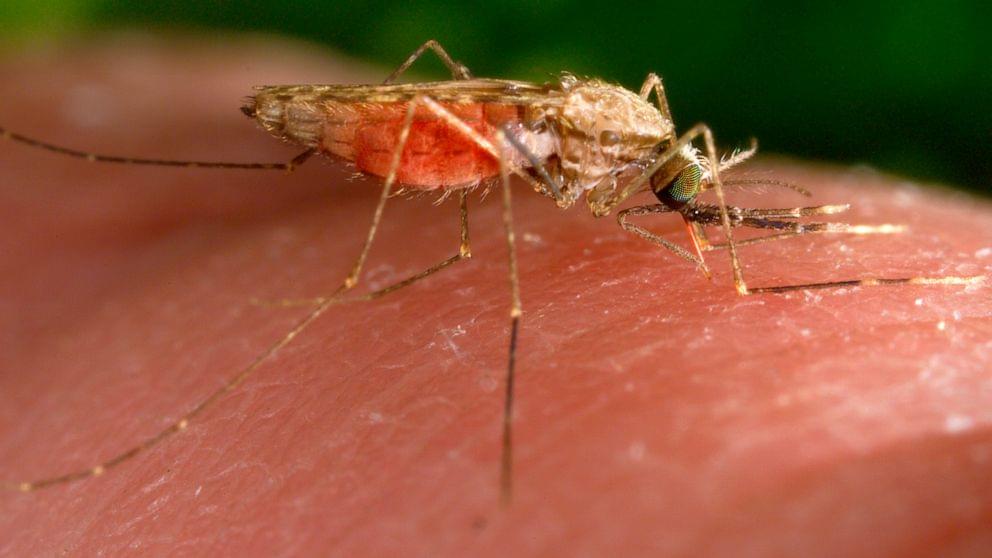Called the Pilot, one company has created a tiny wireless earbud that fits in your ear and translates the language you hear into the language you understand. Check out a demo of the product in the video below.


Elon Musk has again decided to share a timeline about Tesla’s self-driving effort – again claiming it will achieve “full self-driving” by the end of the year.
But this time, the CEO has mentioned “level 4 or 5” self-driving. However, it’s not clear if he knows what that means.
Over the years, Musk has claimed that Tesla was on the verge of achieving “full self-driving capability” so often that it is hard to believe him now.
Dog and cat linguists rejoice we can talk to them and understand them with lots of apps and other devices in this article 😀 😊 😄 😉.
All dog owners have wished there was such a thing as a translator for their dog. The movie Up brings this concept to life with a collar that translates everything the dog says. But does a dog translator exist in real life? We might not have flying cars yet in the 21st century, but dog translators do exist.
There’s no longer a need to guess everything your dog is saying when you can buy dog translator collars, buttons, neural devices, and apps to help you translate what your dog wants to say.
I know that my dog wants to go outside if she shakes her collar or sneezes and that it’s an urgent need if she barks in a certain way. But, I don’t always get it right. Does she want me to follow her? Is Little Timmy down the well?
Touring, a type of riding that involves long distance trips, has long been the achilles heel of electric motorcycles. While e-motos have developed to the point where they can beat combustion engine motorcycles in nearly every other metric, quick recharging required for long distance riding has yet to reach parity with a gas station fill-up. At least, that was until Lightning Motorcycle debuted what it says is the fastest charging electric motorcycle yet.
Lightning Motorcycles, the Southern California-based boutique e-motorcycle manufacturer, claims that its new fast-charging electric motorcycle can recharge nearly as fast as a combustion engine motorcycle can refuel its tank.
Previously, the quickest DC fast-charging electric motorcycles like the models from Energica or Harley-Davidson’s LiveWire One boasted a recharge time of around 30 minutes for a nearly topped-up battery.

O.o!!!!!
A UNIQUE flying car could pave the way for roads in the sky.
The US government approved an amazing flying car which could make Back to the Future-style highways a reality.
California company Alef Aeronautics claims their model A car not only can drive on roads, but also take off to avoid traffic jams.

AI is overwhelming the internet’s capacity for scale.
The problem, in extremely broad strokes, is this. Years ago, the web used to be a place where individuals made things. They made homepages, forums, and mailing lists, and a small bit of money with it. Then companies decided they could do things better. They created slick and feature-rich platforms and threw their doors open for anyone to join. They put boxes in front of us, and we filled those boxes with text and images, and people came to see the content of those boxes. The companies chased scale, because once enough people gather anywhere, there’s usually a way to make money off them. But AI changes these assumptions.
Given money and compute, AI systems — particularly the generative models currently in vogue — scale effortlessly. They produce text and images in abundance, and soon, music and video, too. Their output can potentially overrun or outcompete the platforms we rely on for news, information, and entertainment. But the quality of these systems is often poor, and they’re built in a way that is parasitical on the web today. These models are trained on strata of data laid down during the last web-age, which they recreate imperfectly. Companies scrape information from the open web and refine it into machine-generated content that’s cheap to generate but less reliable. This product then competes for attention with the platforms and people that came before them. Sites and users are reckoning with these changes, trying to decide how to adapt and if they even can.

NASA’s Juno spacecraft recently captured this spooky green flash of lightning in a massive storm swirling near Jupiter’s north pole.
The tremendous burst of lightning glows bright against the dark gray vortex of the storm, even from Juno’s vantage point 19,900 miles above the tops of Jupiter’s clouds. Lightning often flashes between the clouds of stormy Jupiter’s higher latitudes, especially in the north. NASA’s Juno spacecraft is helping shed light on the gas giant’s wild alien weather.
Citizen scientist Kevin M. Gill processed the image from Juno’s raw data.

Scientists have created an innovative model membrane electrode with hollow giant carbon nanotubes and a wide range of nanopore dimensions. The invention aids in understanding electrochemical behaviors and could significantly advance our knowledge of porous carbon materials in electrochemical systems.
Researchers at Tohoku University and Tsinghua University have introduced a next-generation model membrane electrode that promises to revolutionize fundamental electrochemical research. This innovative electrode, fabricated through a meticulous process, showcases an ordered array of hollow giant carbon nanotubes (gCNTs) within a nanoporous membrane, unlocking new possibilities for energy storage and electrochemical studies.
The key breakthrough lies in the construction of this novel electrode. The researchers developed a uniform carbon coating technique on anodic aluminum oxide (AAO) formed on an aluminum substrate, with the barrier layer eliminated. The resulting conformally carbon-coated layer exhibits vertically aligned gCNTs with nanopores ranging from 10 to 200 nm in diameter and 2 μm to 90 μm in length, covering small electrolyte molecules to bio-related large matters such as enzymes and exosomes. Unlike traditional composite electrodes, this self-standing model electrode eliminates inter-particle contact, ensuring minimal contact resistance — something essential for interpreting the corresponding electrochemical behaviors.


More cases of locally acquired malaria have been detected in the United States, bringing the total up to seven across the country.
In a recent report, Florida health officials said they detected two more cases of the mosquito-borne illness in Sarasota County.
It comes just two weeks after four people in Sarasota County and one person in Cameron County, Texas, were found to have malaria.